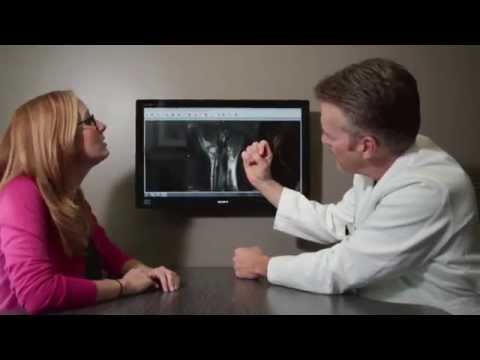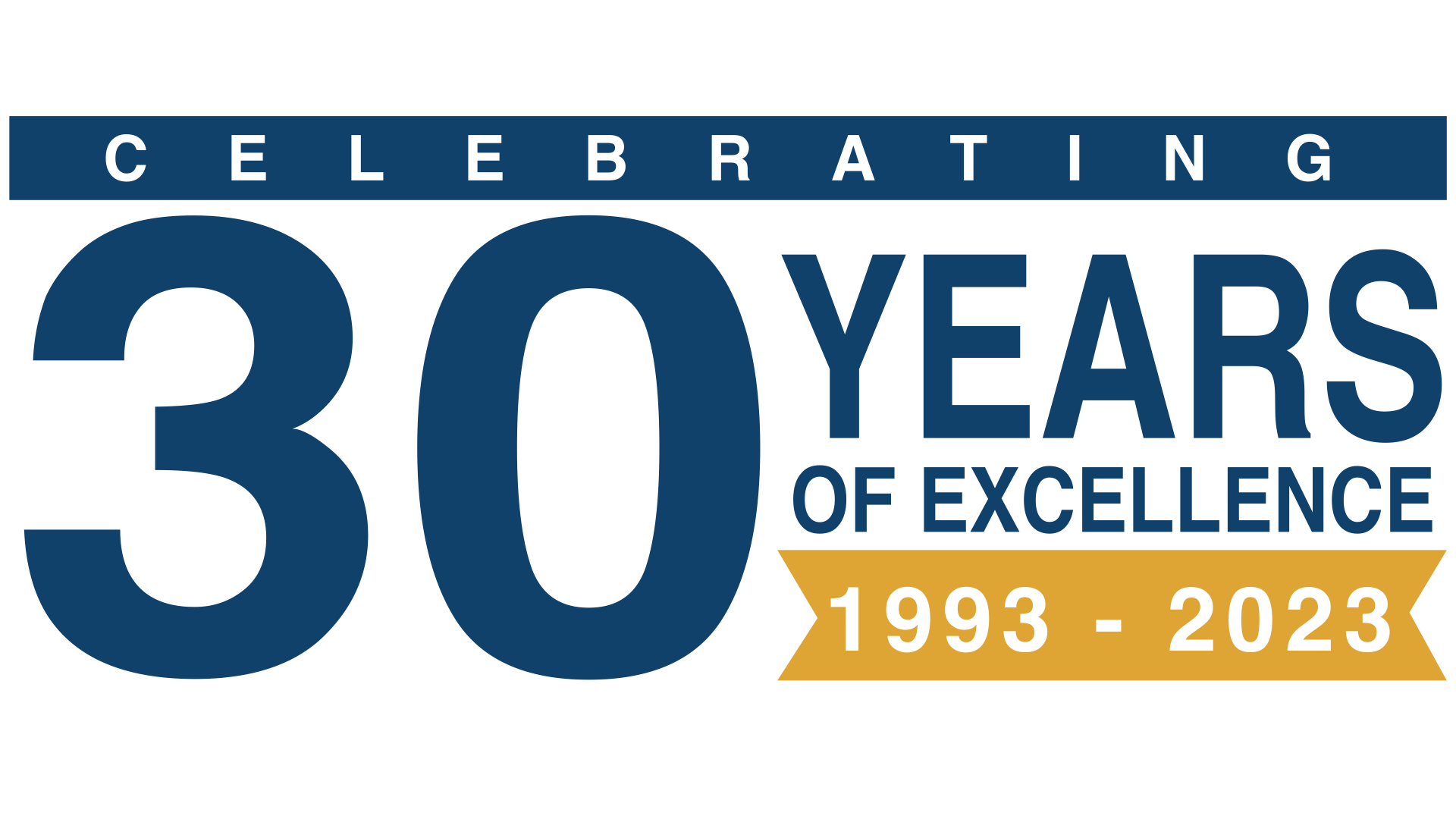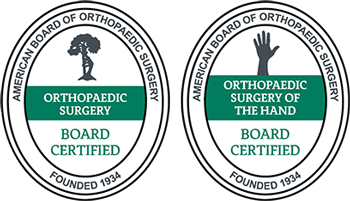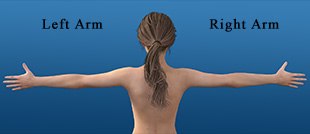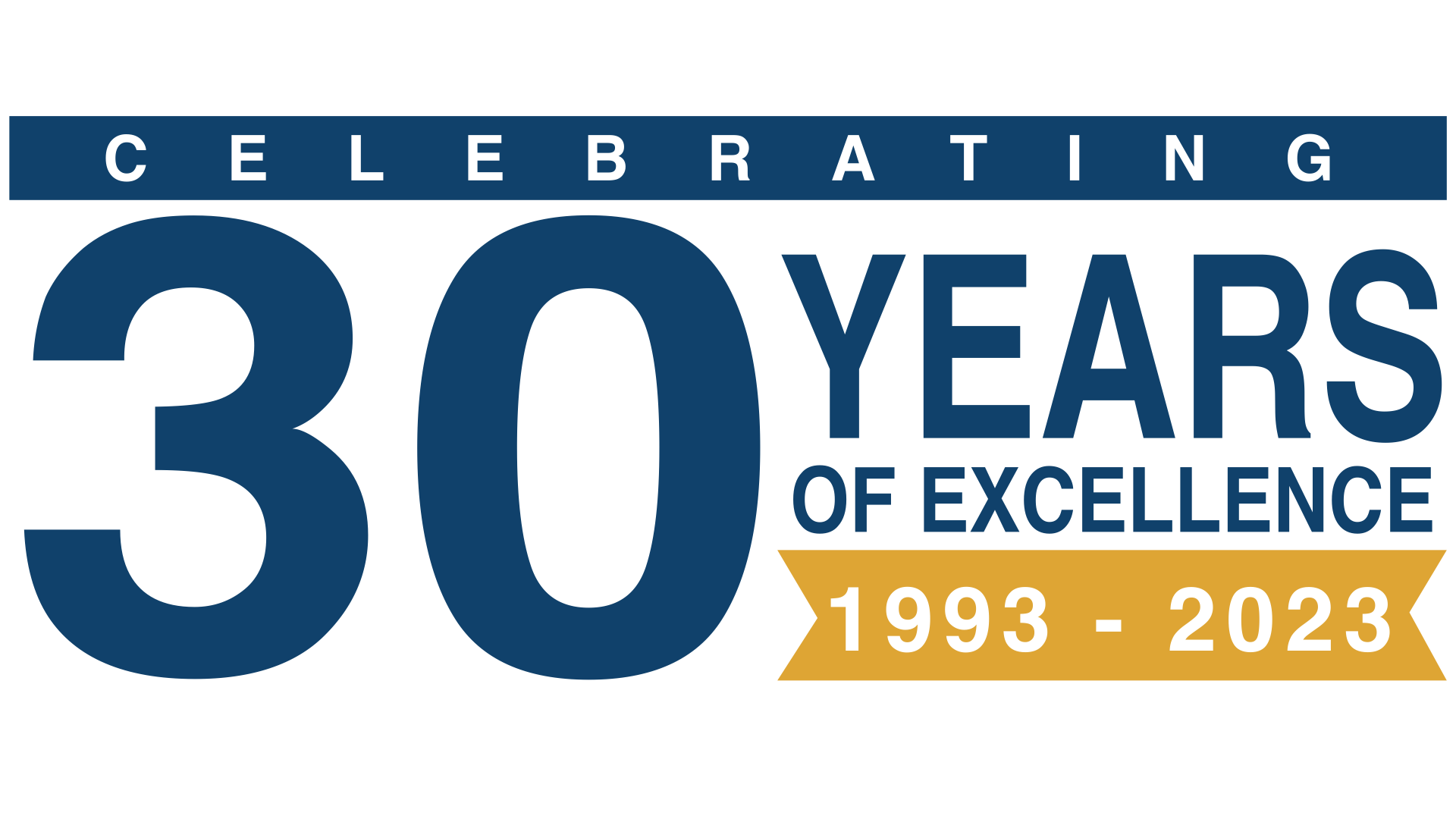How Long Do Hand Strains Take To Heal?
Hand strains can take many forms, from a minor strain caused by repetitive activity to a major strain that involves a completely torn muscle. The nature of your injury and your doctor’s chosen treatment method will impact the healing time for any tendon or muscle strain in the hand. Here’s what you need to know about how long hand strains take to heal.
Contents
Understanding Hand Strains

human hand by Luis Quintero is licensed with Unsplash License
Hand strains occur when a muscle or tendon in the hand is stretched or torn. If the damage occurs to a ligament, this is considered a hand sprain. The hand is comprised of 19 bones, 34 muscles, and two key groups of tendons. The extensor tendons enable the extension and straightening of the fingers, hand, and wrist, and the flexor tendons help you curl and flex your fingers, hand, and wrist.
The hand also has a complex arrangement of ligaments. This includes the collateral ligaments along the edges of your fingers and thumb, the thick palmar fascia ligament in the palm, and the volar plate ligaments that connect the first two finger bones and keep them from bending backward too far. If you think you’ve injured your hand, seek professional advice to determine whether you need hand strain or hand sprain treatment.
Symptoms of Hand Strains
Hand sprains and strains have similar symptoms at the site of the injury. These typically include:
- Tenderness when touched
- Stiffness
- Bruising
- Swelling
- Warmth at the injury site
- Instability or weakness
You may experience sharp and sudden pain at the time of the injury if the tendon or muscle tears completely. This can even be accompanied by a popping sound in severe injuries.
If you damage the extensor tendons, you won’t be able to straighten your finger or fingers. When your flexor tendons are injured, you won’t be able to bend your finger or fingers.
Causes and Risk Factors of Hand Strains
Sports and other physical activities are a common cause of hand strains. For example, the strenuous gripping associated with rock climbing often injures the flexor tendons.
If you fall, are struck, or twist a hand in an unusual direction, you may strain one of the muscles or tendons there. An injury such as a cut across the top or palm of the hand, animal bites, or human bites can damage the tendons. Crushing injuries may rupture tendons as well; if you jam your finger or hand in a door or an accident, tendon damage can occur.
Treatment Options for Hand Strains
Most hand strains are treated nonsurgically. However, extreme cases may require surgical intervention.
Nonsurgical Treatments
Hand strains often respond well to at-home treatment with rest, ice, compression, and elevation, also known as the RICE method. This involves resting the hand, putting ice on the site of the injury, wrapping the injury to apply compression, and elevating your hand above your heart to reduce swelling. Over-the-counter medications such as acetaminophen or ibuprofen can help with pain and swelling.
Immobilization is occasionally needed for moderate strains to keep the hand still while the injury heals properly. A rigid splint will support the healing process and prevent re-injury. If the muscle or tendon is only stretched or has microscopic or partial tears, you may not need any additional treatment. These are called Grade 1 and Grade 2 strains.
Surgical Treatments
A Grade 3 strain requires more serious intervention. This involves a complete tear of the tendon or muscle. This type of injury is usually accompanied by severe pain and swelling. You may even see a visible change in the shape of the muscle.
If you have a tendon or muscle that’s been completely severed, you may need surgical treatment. The surgeon may repair the injury by stitching the severed ends of the tendon together.
Healing Timeline: How Long Until Recovery?
Every hand injury is different, and you should always speak with a doctor about any major hand pain that you’re experiencing. The following information provides generalized estimates, but it’s important to remember that every case is unique.
Factors Influencing Recovery Time
The severity of the injury plays a major role in the anticipated recovery time. A very minor strain may heal within days, while a serious injury will take months. If you don’t rest the injured hand, the strain may worsen, hindering your recovery time. In the case of surgical treatment, the recovery time is significantly longer.
If you have certain medical issues such as diabetes, cancer, or osteoarthritis, it may take longer for your injury to heal. Drinking, smoking, and poor dietary habits can slow your healing time as well. Avoid sugar, fried foods, and processed foods, which can trigger inflammation. Healthy whole foods such as spinach and blueberries have the opposite effect and can help you reduce swelling and inflammation.
Typical Recovery Timeline for Various Severities
Minor hand strains will usually heal in about two weeks. It’s important to rest the hand as it heals so you don’t exacerbate the injury.
If you sustain a moderate hand strain, you may need to immobilize the hand for a few weeks. Gentle physical therapy will help you regain full strength and range of motion. Most moderate strains will heal within a month.
A severed tendon that’s treated surgically may take up to three months to heal. You can usually resume light activities after six to eight weeks and return to heavy activity after 10 to 12 weeks.
If you’re experiencing serious pain from a hand injury, you should consult a doctor and follow their recommendations exactly. Every injury and treatment is different—these are only estimates of your recovery time. Don’t attempt to use your hand again until your doctor clears you to do so, and always complete prescribed physical therapy to prevent reinjury and fully restore your hand.
Visit the Hand and Wrist Institute
If you believe that you’ve strained your hand or wrist, our experts at the Hand and Wrist Institute can help. At our Southlake and Dallas offices, we can promptly diagnose your injury and provide a treatment plan for optimal recovery. Contact us for a personalized evaluation of your injury and exact information on what you can expect from the recovery process.



